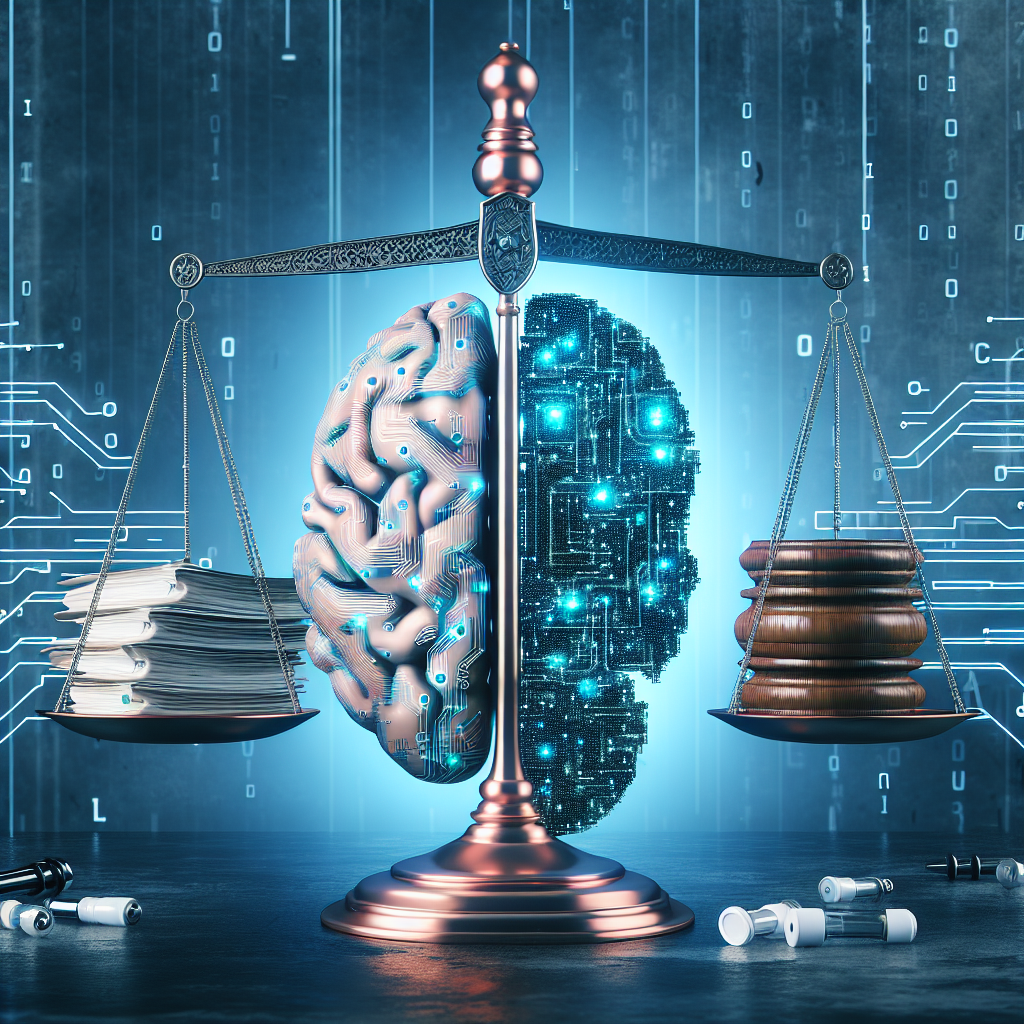Artificial intelligence (AI) has become an increasingly popular tool in the criminal justice system, with many proponents arguing that it can help improve efficiency, accuracy, and fairness. However, there are also significant risks associated with the use of AI in criminal justice, particularly when it comes to biases and unfairness.
One of the primary concerns with using AI in the criminal justice system is the potential for bias to be built into the algorithms that power these systems. AI algorithms are trained on historical data, which means that they can inherit and perpetuate biases that exist in the data. For example, if a predictive policing algorithm is trained on data that reflects existing patterns of over-policing in certain communities, it may end up targeting those communities more heavily, leading to further disparities in the criminal justice system.
Another risk of using AI in criminal justice is the lack of transparency and accountability in how these systems operate. Many AI algorithms used in the criminal justice system are considered “black boxes,” meaning that their decision-making processes are opaque and difficult to understand. This lack of transparency can make it difficult for defendants, judges, and the public to challenge or appeal decisions made by AI systems, leading to potential miscarriages of justice.
Furthermore, there is also a risk of over-reliance on AI in the criminal justice system, which can lead to a reduction in human oversight and decision-making. While AI can help streamline certain processes and improve efficiency, it should never replace the judgement of trained professionals, such as judges, lawyers, and law enforcement officers. Relying too heavily on AI in the criminal justice system can lead to a dehumanization of the process, with potentially disastrous consequences for those caught up in the system.
In addition to biases and lack of transparency, there are also concerns about the potential for AI to exacerbate existing inequalities in the criminal justice system. For example, if AI algorithms are used to make decisions about bail, sentencing, or parole, there is a risk that these systems may disproportionately impact marginalized communities, such as people of color, low-income individuals, and other vulnerable populations. This can further entrench systemic injustices and perpetuate cycles of poverty and incarceration.
To address these risks, it is crucial for policymakers, technologists, and criminal justice professionals to take steps to mitigate bias and unfairness in AI systems. This can involve implementing safeguards such as regular audits of AI algorithms, increasing transparency in how these systems operate, and ensuring that human oversight is maintained throughout the decision-making process. It is also important to involve diverse stakeholders, including those who are directly impacted by the criminal justice system, in the design and implementation of AI tools to ensure that they are fair and equitable for all.
Overall, while AI has the potential to revolutionize the criminal justice system, it also carries significant risks that must be carefully considered and addressed. By being proactive in addressing biases and unfairness in AI systems, we can work towards a more just and equitable criminal justice system for all.
FAQs:
Q: Can AI algorithms be completely unbiased?
A: It is difficult to achieve complete neutrality in AI algorithms, as they are trained on historical data that may contain biases. However, steps can be taken to mitigate bias and ensure that AI systems are as fair and equitable as possible.
Q: How can biases in AI algorithms be detected and addressed?
A: Bias in AI algorithms can be detected through regular audits and testing, as well as by involving diverse stakeholders in the design and implementation process. Addressing bias may involve re-training the algorithm on more diverse and representative data, or adjusting the decision-making process to account for potential biases.
Q: What role can policymakers play in addressing biases in AI in criminal justice?
A: Policymakers can play a crucial role in regulating the use of AI in the criminal justice system and ensuring that safeguards are in place to mitigate biases. They can also advocate for transparency and accountability in AI systems, as well as for the involvement of diverse stakeholders in the design and implementation process.

